We arrived in Nam Du (Kien Hai district, old Kien Giang province, now part of Kien Hai special zone, An Giang province) during the calm sea season. Nearly 100 km northeast of Rach Gia, Nam Du archipelago consists of 21 islands, known as Ha Long Bay in the southwest sea of the Fatherland.
From Rach Gia, it takes nearly 3 hours by speedboat to reach Nam Du archipelago; there are two speedboat trips every day taking tourists there and back. However, we did not go to Nam Du from Rach Gia but from Hon Chuoi ( Ca Mau province) - one of the important outpost islands in the southwestern sea, where the terrain is very complex and the climate is harsh.
The Nam Du archipelago is different, with very favorable natural conditions. Therefore, all 11 islands in this archipelago are inhabited.
The ship docked. The whole group was excited to go to Hon Lon, also known as Hon Cu Tron - the largest and most prosperous island in the Nam Du archipelago. Mr. Nguyen Van Nam - an enthusiastic local took me on a tour around the island. The winding concrete road, more than 10 km long, has cliffs on one side, with occasional hotels along the hillsides; the other side is covered with trees. And, following the green of the trees is the yellow sand on the gently sloping beach, with gentle waves. The sea is as blue as jade. Dotted on that jade-colored picture are large and small islands, and boats passing by. Far away, the color of the sea connects with the color of the sky.
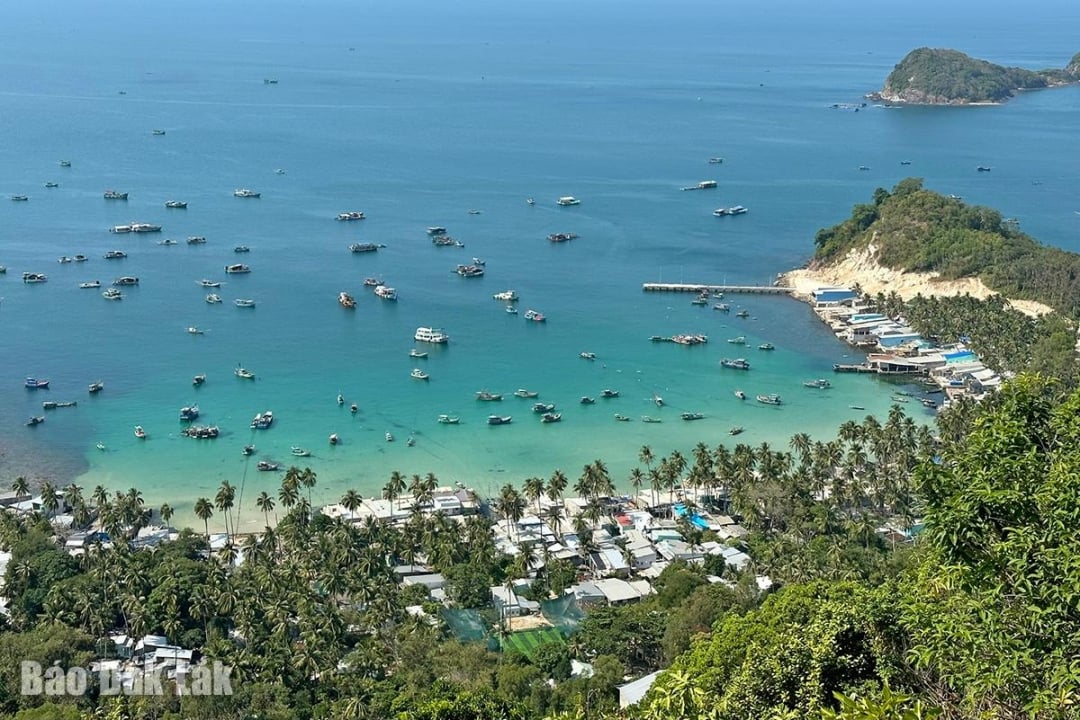 |
| Nam Du sea and sky. |
Mr. Nam proudly introduced: “From the foot of the island to the top is more than 3 kilometers. This island has beautiful beaches, such as Cay Men beach, Ngu beach... You come to Nam Du in the right season of the year”. The car stopped at Bai Ngu hamlet, where there is Dinh Ong Nam Hai, also known as Nam Hai Ngu Than temple, worshiping Ong (whale) - a sacred place for fishermen here. According to Mr. Nam, this temple has been around for a long time. In the temple, in addition to the Ong skeletons brought here before for preservation and worship, there is a giant skeleton. Pointing to the skeleton, Mr. Nam said: “The Ong was found in 2017, at sea. People discovered it and brought it to shore. They separated the body, burned it, and the bones were washed, marked each segment, sterilized, then reassembled and brought to the temple for worship. The temple was later renovated to be more spacious, because before it was only small”.
In the coastal villages, amidst the murmuring waves and the salty scent of the sea, there is a persistent belief that has been deeply engraved over the years: the worship of Ong. It is a vivid expression of the coastal culture of Vietnam, where people live in harmony, rely on and show gratitude to the ocean; where the desire for calm skies and calm seas, and for every family to be prosperous, is expressed through rituals imbued with the spirit of the ocean.
The best time to visit Nam Du archipelago is from November to April of the following year. That is the time when Nam Du welcomes visitors with golden sunshine, clear blue sea and gentle waves. |
On Hon Lon Island, in addition to schools, medical stations and social security works, there is also Radar Station 600 of Regiment 551, Naval Region 5; Border Guard Station 742 and Nam Du Lighthouse Station. From a height of more than 300 m above sea level, Nam Du "sea eye" guards the Southwest sea and sky of the Fatherland day and night, a destination that those who love to explore cannot ignore. Following the winding tree-lined road to Nam Du Lighthouse Station, visitors can hear the wind blowing from all sides and take in the panoramic view of the picturesque Nam Du archipelago.
Mr. Nam is from An Bien (formerly Kien Giang province, now An Giang). He left the mainland for the island more than 40 years ago. When he was young, he worked at the An Bien District Party Committee Office. After Kien Hai district was established (in 1983), he was one of the officials assigned to Kien Hai, working at the district People's Committee, on Hon Tre island commune. Four years later, he was transferred to Lai Son island commune, then to An Son island commune. After so many years of attachment to the island, Mr. Nam considers this place his second hometown.
The islanders make a living by fishing, farming, and processing seafood; some people do business in services. Also from An Bien, more than 20 years ago, Mrs. Tran Thi Oanh and her husband abandoned their fields that yielded only one rice crop a year and took their three children to Hon Lon to start a business. “I heard people say that Nam Du is easier to live in, so the whole family came here. At that time, we took a wooden boat, more than 4 hours to get there. Now there are speedboats, much faster,” Mrs. Oanh shared. She sells Nam Du specialties to tourists, her husband goes to sea, and her children have all settled down.
There are also many people who were born and raised on the island; their grandparents and parents are all from this island, such as Ms. Le Kim Thuy, owner of Thuy Le Coffee Shop. “My family has been in Nam Du for four generations, dear,” Ms. Thuy shared openly, speaking in a typical Southern accent. She said that life here is stable, the air is fresh.
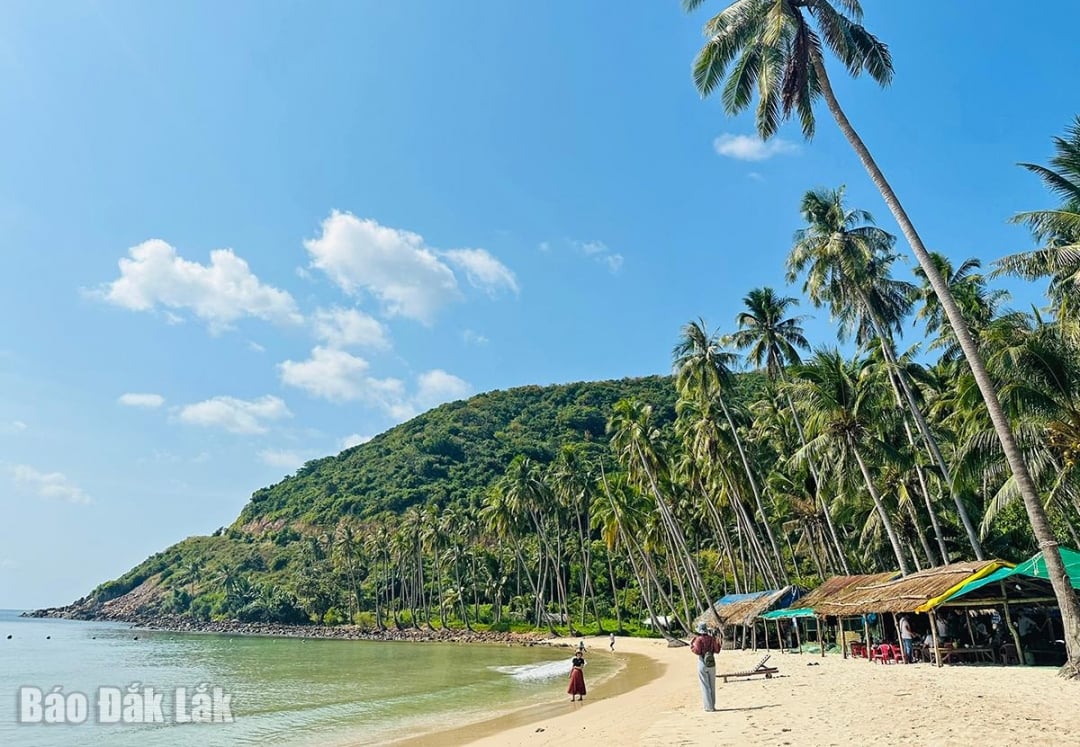 |
| Cay Men Beach. |
Before the merger, Nam Du archipelago had two commune-level administrative units, An Son commune and Nam Du commune, with more than 1,100 households (more than 4,100 people) living. In recent years, Nam Du has developed tourism. Enterprises have invested in building a number of accommodation service establishments, which can accommodate 1,000 - 1,200 guests per day.
According to locals, the best time to visit Nam Du archipelago is from November to April of the following year. That is the time when Nam Du welcomes visitors with golden sunshine, clear blue sea and gentle waves.
Coming to the most prosperous island of Nam Du archipelago, visitors cannot miss Cay Men beach - a poetic beach with rows of coconut trees leaning to reflect their reflection, immersing themselves in the clear blue water and listening to the whispering waves. Visitors can also dive to see corals, fish, rent a motorbike to go around the island to see the scenery and enjoy fresh and delicious specialties with the taste of the sea such as: grilled sea urchin with scallion oil, grilled green bone fish, grilled pearl-eyed snails, grouper hotpot...
In Nam Du, time seems to slow down. Amidst the pristine scenery, open space, encountering the sincere smiles and honest eyes of the local people, the heart is truly peaceful. Without bustling tourist areas, without luxurious amenities, Nam Du is a place for those who want to find a quiet moment, a private corner to listen to themselves.
Source: https://baodaklak.vn/du-lich/202507/nam-du-loi-moi-goi-tu-phia-cuoi-troi-nam-9920fed/
























![[Photo] National Assembly Chairman Tran Thanh Man visits Vietnamese Heroic Mother Ta Thi Tran](https://vphoto.vietnam.vn/thumb/1200x675/vietnam/resource/IMAGE/2025/7/20/765c0bd057dd44ad83ab89fe0255b783)




































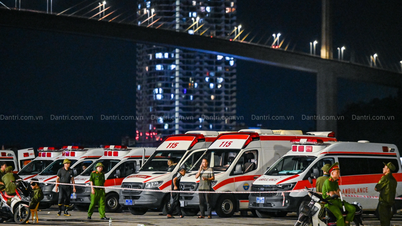


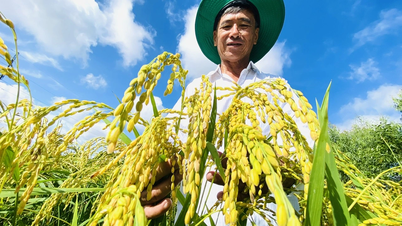
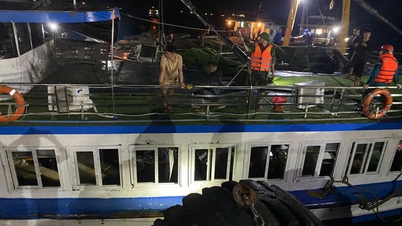
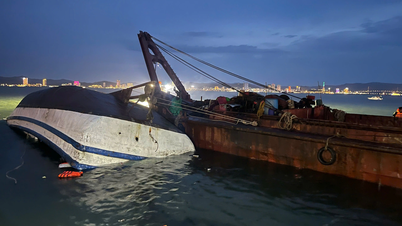

































Comment (0)